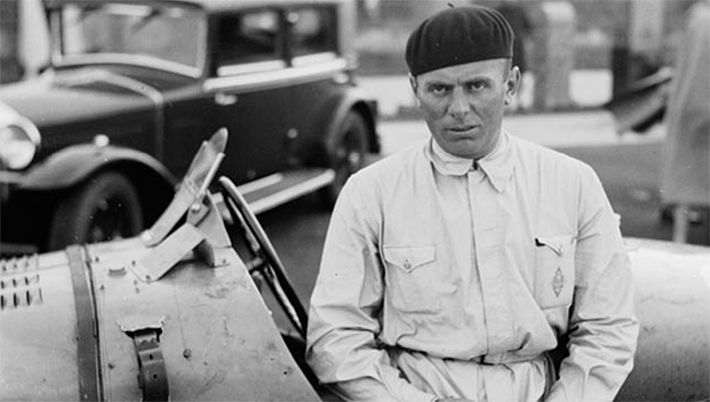Achille Varzi Biography
The mist rose from the wet track as the famous 44 year old racing driver, immaculate both in his dress and his driving, sped along the Bremgarten track in his 158 Alfa Romeo during practice for the forthcoming 1948 Swiss and European Grand Prix. It was July 1st and the summer sun was rapidly drying the sodden track. The Alfa was virtually invincible at the time, in fact it was in the middle of a five year unbeaten run. Achille Varzi was close to emulating his form of the late twenties and early thirties, when he was Tazio Nuvolari’s greatest rival. He was regarded as a courageous but very safe driver, who had never had a serious accident. Suddenly however, near the Jordenrampe curve, the car skidded in the wet at 110mph, spun several times and then, after almost coming to a stop, flipped over and crushed its driver. It was a terrible tragedy that Varzi’s first real mistake should cost him his life.
Born in 1904, Achille Varzi was the son of a wealthy cotton manufacturer and came from Galliate, near Milan. He first came to public notice as a motor cyclist (as did his brother Angelo) riding the most expensive and best machines, Garellis then Sunbeams. He and Nuvolari were motor-cycle racing stars at the same time, but seldom came up against each other on the track. In 1928 Nuvolari and Varzi entered into a motor racing partnership with a stable of Type 35 Bugattis.
No Subscription? You’re missing out
Get immediate ad-free access to all our premium content.
Get Started



